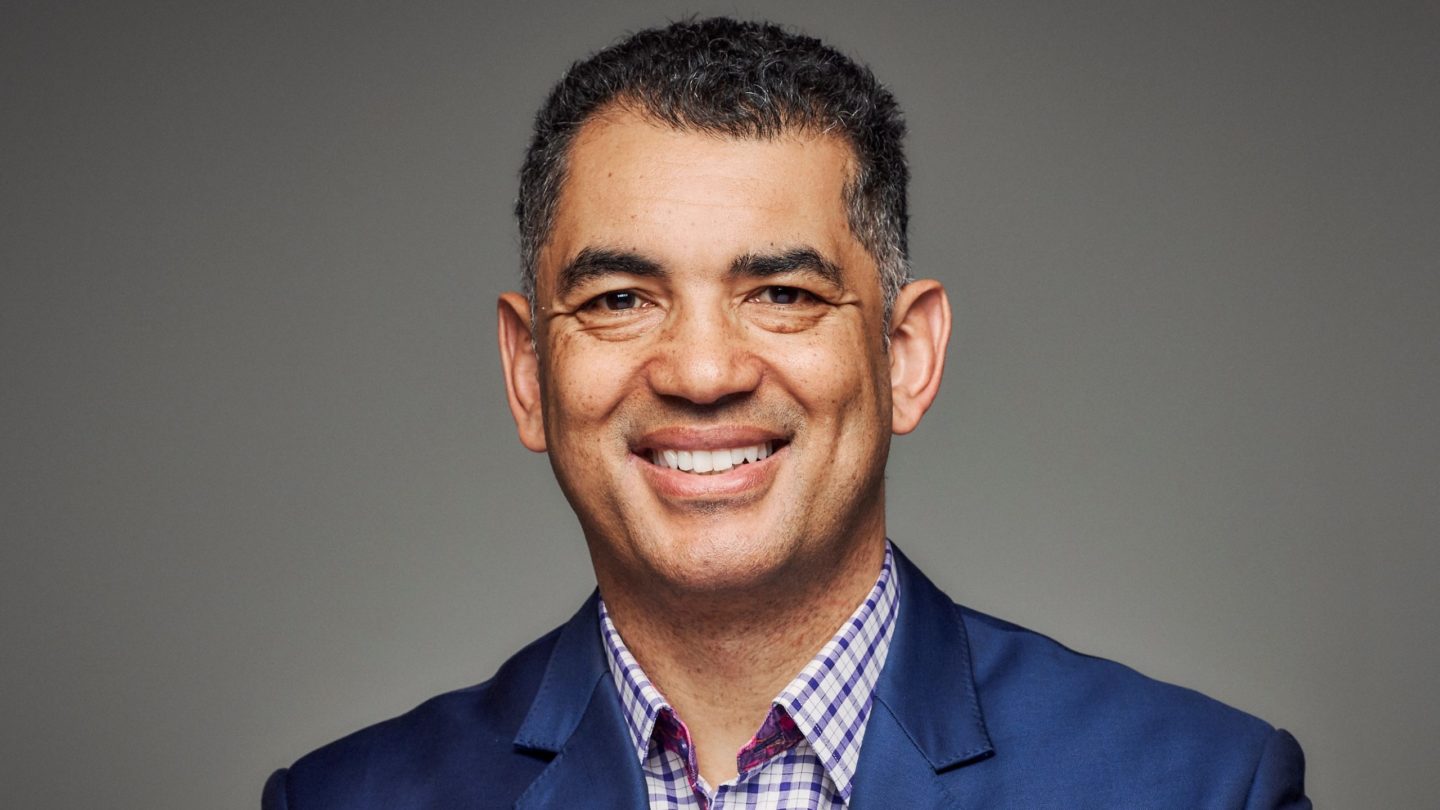In his book Value(s): Building a Better World for All, former Bank of England governor Mark Carney talks about the tragedy of the horizon – the tendency of governments to think in election cycles, companies in business cycles, central banks in policy cycles and so on. All of these periods are shorter than the timeframe over which the catastrophic effects of climate change will bite, meaning the focus is never on the structural changes needed to address the threat.
Retail investors, however, are – or, at least, really ought to be – long-term investors. Even someone approaching retirement today can expect to need to be invested for another 20 or even 30 years – that is, until the ‘mid-century’ point by which signatories to the Paris Agreement are aiming for a net-zero world. Between now and 2050, the impacts of climate change will have significant and unpredictable effects on portfolios and on how we need to evaluate portfolio risk.
The UN’s COP26 climate change conference at the end of last year maintained the consensus around the need to hold global warming to within 1.5 degrees of pre-industrial levels by 2050, but, with its focus on mitigation and adaptation, acknowledged that serious effects of climate change – at least until that time and probably thereafter – are already baked in. Portfolio managers will need to deal with increasingly frequent climate events, as well as continuous systemic change as countries and their economies adjust and adapt.
The two years of the pandemic have reminded us of the degree to which markets, supply chains and ecosystems are interconnected. Even seemingly small events – the Ever Given’s misadventures in the Suez Canal, for example – can have huge commercial consequences.
The degree of climate change we are experiencing today means we are already seeing ‘once in a thousand year’ ‘black swan’ events such as wildfires, floods, drought and famine happening every few years. While governments, regulators and companies are increasingly aligning behind net-zero goals, worse is undoubtedly in store.
No easy answers
As the amplitude of climate change increases, its consequences across bond and equity markets become ever more challenging to predict, meaning there are no easy answers for portfolio managers. Different industries and regions will be affected differently. Some will benefit; many will not. Over the coming months, then, I am going to use this column to look at the risks and opportunities of climate change, and the steps managers are taking in response.
First, how do we measure this existential threat in financial terms? We can start by breaking it down. Most apparent are the physical risks of climate change: the potential human and financial costs resulting from damage to infrastructure and private property. We can already see examples of the ways in which climate events impact public health, decrease productivity and destroy wealth.
Physical risks can be grouped into two categories. Acute physical risks are those that are event-driven, including the increased severity of extreme weather events. Chronic physical risks are longer-term shifts in climate patterns, such as sustained higher temperatures, that may cause sea level rise or persistent heat waves.
Then, as we seek to tackle these physical risks and prevent them from playing out across the globe, a new category of risk arises – transition risk. Some business sectors will face higher costs and bigger shifts in asset values than others as we build a greener economy. The speed of the transition will have a direct bearing on the financial stability of sectors from energy to transport, industrial manufacturing to cement and steel production. This, in turn, will lead to major changes in the value of investments held by banks, insurance companies, asset managers and individuals.
Ripple effects
We also need to factor in risks relating to the ripple effects of climate change, as well as other human impacts on our environment. Research from the World Economic Forum has identified that $44 trillion (£33.4 trillion) of economic value generation – more than half of the world’s total GDP – is moderately or highly dependent on the natural world and is therefore significantly exposed to nature-loss risk. That includes biodiversity loss from rising temperatures and overexploitation of natural resources, as well as deforestation, damage to seas and oceans, and water stress.
To capture these manifold, interrelated risks in portfolios, the models we use will need to evolve. Ex-post volatility has never been a good measure of risk – it is a poor indicator of what is coming – and, whether we like it or not, climate change is coming. Ex-ante risk models need to take into account the full range of expected risk for assets and asset classes, so climate change will increasingly be an input.
Unpicking the climate-related risks for an individual stock, a bond, a portfolio or an asset class will be challenging, but as regulation drives improved disclosures and risk-modelling continues to advance, more risks will be able to be captured and quantified.
A changing climate will bring many changes for our industry but one thing holds true – for retail investors, diversification based on the level of risk they are willing and able to take will remain the central tenet.
Next time, we will look at decarbonisation – both the risks it poses to traditional business models and the new investment opportunities it is creating.
Ben Goss is CEO of Dynamic Planner










